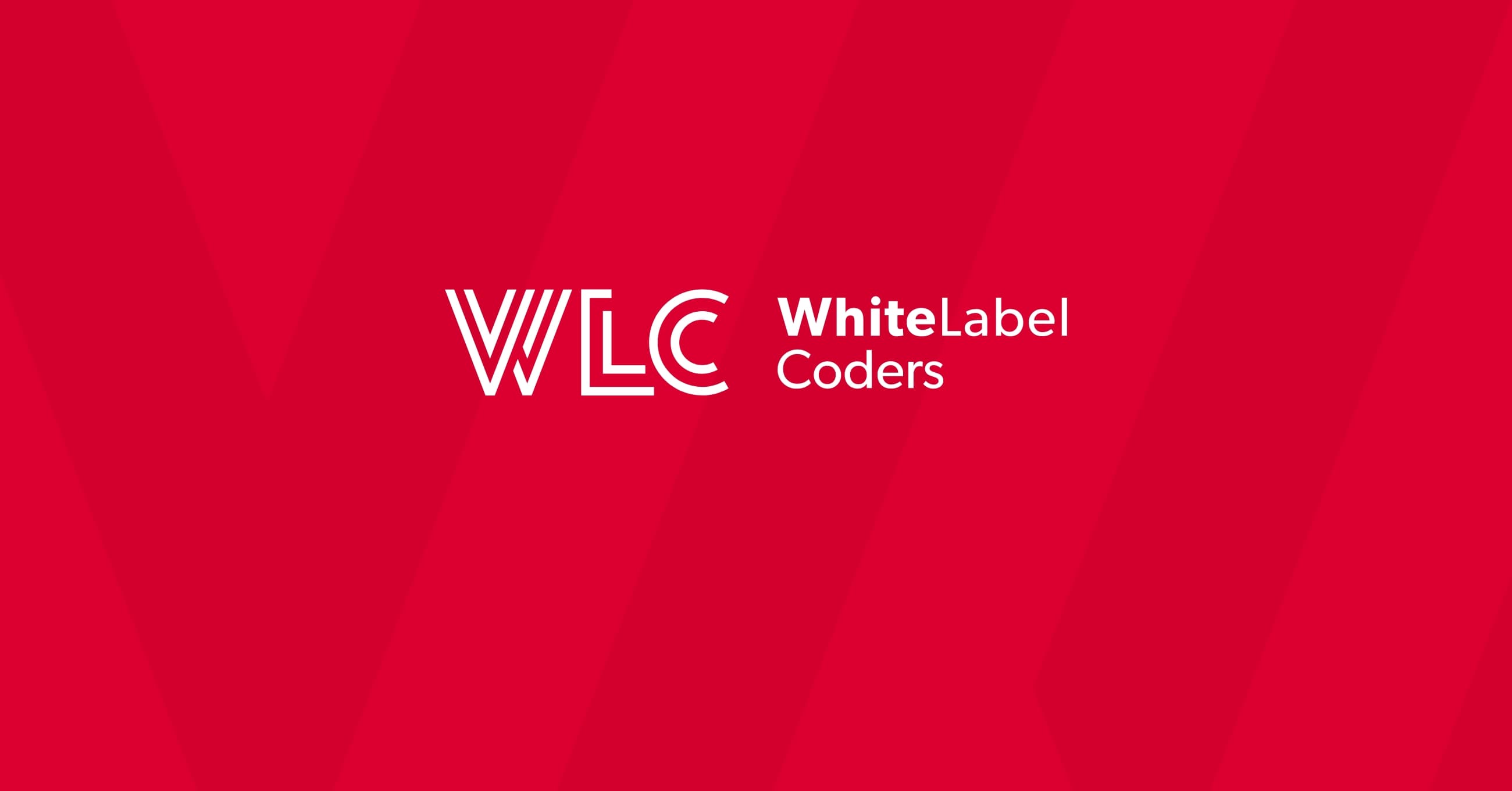Category: SEO AI
Why does it take so long to publish new landing pages?

Landing page development time in WordPress often stretches from days into weeks, frustrating marketing teams who need quick campaign launches. The delays stem from technical dependencies, manual content formatting, developer bottlenecks, approval workflows, and the hidden complexity behind seemingly simple page requests. Modern WordPress development workflows using Gutenberg blocks, Full Site Editing, and centralized data management can reduce publishing time from weeks to minutes whilst maintaining quality and consistency.
Why does publishing a landing page take longer than expected?
Landing page development takes longer than expected because stakeholders typically underestimate the technical dependencies, approval workflows, and resource constraints involved. What appears to be a simple page request often requires custom design implementation, content formatting, API integrations, cross-browser testing, and coordination between multiple teams before publication.
The disconnect between expectations and reality creates frustration on both sides. Marketing teams envision quick changes similar to editing a document, whilst development teams face the actual complexity of implementing designs, ensuring responsive behaviour, integrating dynamic data, and maintaining code quality. A request that sounds like “just add a new broker comparison page” might involve creating custom layouts, connecting to external APIs, formatting complex tables, ensuring mobile responsiveness, and testing across different browsers and devices.
Technical dependencies compound these delays. Each landing page might require custom CSS for unique styling, JavaScript for interactive elements, PHP templates for dynamic content, and database queries for real-time information. When developers are already managing multiple projects, even straightforward requests enter a queue that extends timelines from hours into days or weeks.
Content preparation delays add another layer. Marketing teams might request a page before finalising copy, images, or data. Developers build based on initial requirements, then face revision cycles as content evolves. Each revision requires developer time to implement, test, and deploy, extending the overall WordPress landing page delays.
What are the biggest bottlenecks in WordPress landing page creation?
The biggest bottlenecks in WordPress landing page creation include custom design requests requiring developer intervention, manual data entry and formatting, API integration complexities, quality assurance processes, and coordination challenges between marketing and development teams. These obstacles transform what should be quick content updates into extended development projects.
Custom design requests consistently slow down the landing page deployment process. When each page requires unique layouts, custom styling, or bespoke interactive elements, developers must write new code rather than reusing existing components. This approach creates landing page creation bottlenecks because every request becomes a mini-development project with planning, implementation, testing, and deployment phases.
Manual data entry and content formatting consume surprising amounts of time. Trading affiliate landing pages often contain complex comparison tables, pricing grids, feature lists, and broker specifications. Formatting these elements properly requires careful HTML structuring, responsive design considerations, and attention to detail. When broker information changes, someone must manually update every affected page, creating ongoing maintenance burdens.
API integration complexities create technical challenges that extend timelines. Connecting to broker APIs for real-time spreads, live pricing, or current promotions requires development expertise, error handling, caching strategies, and ongoing maintenance. These integrations can’t be rushed without risking data accuracy or site stability.
Cross-browser testing and quality assurance add necessary but time-consuming steps. Each landing page must work correctly across Chrome, Firefox, Safari, and Edge, on desktop and mobile devices, with different screen sizes and orientations. Thorough testing before deployment catches issues before they affect users, but it extends the WordPress development workflow considerably.
How does traditional WordPress development create delays for trading affiliates?
Traditional WordPress development creates delays for trading affiliates because it treats every content update as a development task. Constant broker data updates, complex comparison tables, frequent promotional changes, and multi-market localization all require developer involvement, creating dependencies that slow down the entire publishing workflow whilst accumulating technical debt.
Trading affiliate business models demand speed and accuracy. When a broker launches a new promotion, updates spreads, or changes commission structures, affiliates need to publish those changes immediately to maintain credibility and capture conversions. Traditional WordPress approaches require developers to manually update templates, modify database entries, and deploy changes, turning time-sensitive updates into multi-day projects.
Complex comparison tables present particular challenges. These tables often contain dozens of data points across multiple brokers, with conditional formatting, sortable columns, and responsive behaviour. In traditional WordPress setups, modifying these tables means editing HTML, adjusting CSS, and testing thoroughly. Adding a new broker to a comparison might require updating ten different pages, each with slightly different layouts and data structures.
The technical debt from quick fixes compounds over time. Under pressure to publish quickly, developers implement workarounds and shortcuts that solve immediate problems but create long-term maintenance burdens. Custom code scattered across multiple files, hardcoded values that should be dynamic, and inconsistent formatting approaches all make future changes progressively slower and more error-prone.
Multi-market localization multiplies these challenges. Trading affiliates often operate across different countries with varying regulations, languages, and broker offerings. Traditional approaches require maintaining separate page versions, manually synchronizing content updates, and coordinating changes across markets, creating coordination overhead that extends landing page development time exponentially.
What’s the difference between page builders and custom WordPress development for landing pages?
Page builders offer drag-and-drop interfaces that let non-technical users create landing pages without coding, whilst custom WordPress development involves writing code for bespoke functionality and designs. Page builders prioritize speed and accessibility, whilst custom development prioritizes flexibility and performance. Each approach involves trade-offs between publishing speed, design flexibility, code quality, and long-term maintainability.
Drag-and-drop page builders like Elementor or Divi empower marketing teams to create landing pages independently. Users select pre-built components, arrange them visually, and publish without developer involvement. This approach dramatically reduces WordPress development speed bottlenecks for straightforward pages, potentially cutting publishing time from days to hours.
However, page builders carry significant drawbacks for trading affiliate landing pages. They often generate bloated code that slows page load times, impacting both user experience and SEO rankings. Complex comparison tables, dynamic broker data, and custom interactive elements may not work well within builder constraints. Performance issues become particularly problematic when pages contain multiple data-heavy components.
Custom-coded solutions offer superior performance and flexibility. Developers can optimize every aspect of the code, implement sophisticated data structures, create truly custom functionality, and ensure lean, fast-loading pages. For trading affiliates with complex requirements, custom development delivers better long-term results despite slower initial development.
Component libraries and template systems represent a middle ground. Rather than completely custom builds or generic page builders, this approach provides pre-built, optimized components specifically designed for trading affiliate needs. Marketing teams gain independence through reusable blocks whilst maintaining code quality and performance, addressing both agile WordPress development needs and technical excellence.
How can Gutenberg blocks and Full Site Editing eliminate landing page delays?
Gutenberg blocks and Full Site Editing eliminate landing page delays by providing pre-built, reusable components that non-technical teams can arrange independently. Custom block libraries with trading-specific elements like broker comparison tables, review cards, and fee calculators transform landing page creation from a development task into a content management activity, reducing publishing time from days to minutes.
The power of custom Gutenberg blocks lies in combining developer expertise with user independence. Developers build sophisticated, optimized components once, implementing proper data structures, responsive design, performance optimization, and brand consistency. Marketing teams then use these blocks repeatedly, arranging them to create new landing pages without touching code or waiting for developer availability.
Full Site Editing extends this independence to templates and page structures. Teams can create and modify page layouts, header variations, footer designs, and entire template hierarchies through visual interfaces. This capability means launching a new broker review page or comparison landing page becomes as simple as selecting a template, adding relevant blocks, and publishing.
Reusable patterns accelerate common page types. A “broker review pattern” might include a hero section, specifications table, pros and cons list, and call-to-action block, all pre-configured with appropriate styling and data connections. Creating a new review page becomes a matter of inserting the pattern and updating the content, eliminating repetitive setup work.
The approach maintains design consistency and code quality whilst dramatically improving WordPress development speed. Because developers create the underlying blocks with proper architecture, every page built by marketing teams automatically follows best practices in programming for performance, accessibility, and SEO. Updates to block functionality propagate across all pages using those blocks, simplifying maintenance and ensuring consistency.
What role does centralized data management play in faster landing page publishing?
Centralized data management transforms landing page publishing speed by creating a single source of truth for broker information, spreads, fees, and promotions. Rather than manually updating data across multiple pages, teams update information once in a central database, and changes propagate automatically to every landing page, comparison table, and review that references that data.
The concept of a Trading Data Center addresses the core challenge trading affiliates face: maintaining accurate, current information across numerous pages. Traditional approaches store broker data within individual pages, requiring manual updates to each location when information changes. A centralized system stores data separately, with pages dynamically pulling current information at display time.
Real-time API integrations extend this principle to external data sources. Rather than manually checking broker websites for current spreads or promotions, the system automatically fetches and updates information from broker APIs. This automation eliminates manual research time, reduces errors, and ensures visitors always see current, accurate data.
The impact on landing page deployment speed is substantial. Creating a new broker comparison page no longer requires gathering and formatting data manually. Instead, teams select which brokers to include, choose which data points to display, and the system automatically populates the comparison table with current information from the central database. What previously took hours of data entry now takes minutes of configuration.
This architecture shift transforms landing page creation from a development task into a content management activity. Marketing teams focus on strategy, messaging, and user experience rather than technical implementation. They can respond to market opportunities immediately, launching new landing pages to capture trending topics or competitive advantages without waiting for developer availability.
How do you measure and improve your WordPress landing page deployment speed?
Measuring WordPress landing page deployment speed requires tracking time from initial request to publication, developer hours per page, and revision cycles. Start by documenting your current workflow, identifying where time is spent, and comparing against benchmarks. Optimized workflows using modern WordPress approaches can reduce deployment from weeks to hours or minutes.
Key metrics to track include total time from request to publication, active developer hours required, number of revision cycles, time spent on content formatting, and bottleneck identification. Establish baseline measurements for different page types: simple promotional pages, complex comparison tables, broker review pages, and data-heavy landing pages. These baselines reveal which page types create the most significant delays.
Workflow audit techniques help identify specific bottlenecks. Map the complete journey of a landing page request through your organization. Where does it wait? Who needs to be involved? What dependencies cause delays? Common bottlenecks include approval processes, developer availability, content preparation, data gathering, and testing requirements. Understanding these patterns shows where improvements will have the greatest impact.
Implementation strategies for faster deployment depend on your current setup and constraints. Transitioning to component-based development with reusable Gutenberg blocks reduces developer dependency for routine pages. Implementing centralized data management eliminates manual data entry. Creating clear templates and patterns for common page types reduces decision-making time. Establishing style guides and content standards reduces revision cycles.
Realistic timeframes vary dramatically between traditional and optimized WordPress environments. Traditional custom development might require 2-5 days for a straightforward landing page, 1-2 weeks for complex comparisons, and ongoing developer involvement for updates. Optimized setups using Gutenberg blocks and centralized data can reduce simple pages to 15-30 minutes, complex pages to 1-2 hours, and eliminate developer involvement for routine updates entirely, fundamentally changing what’s possible for trading affiliate operations.

